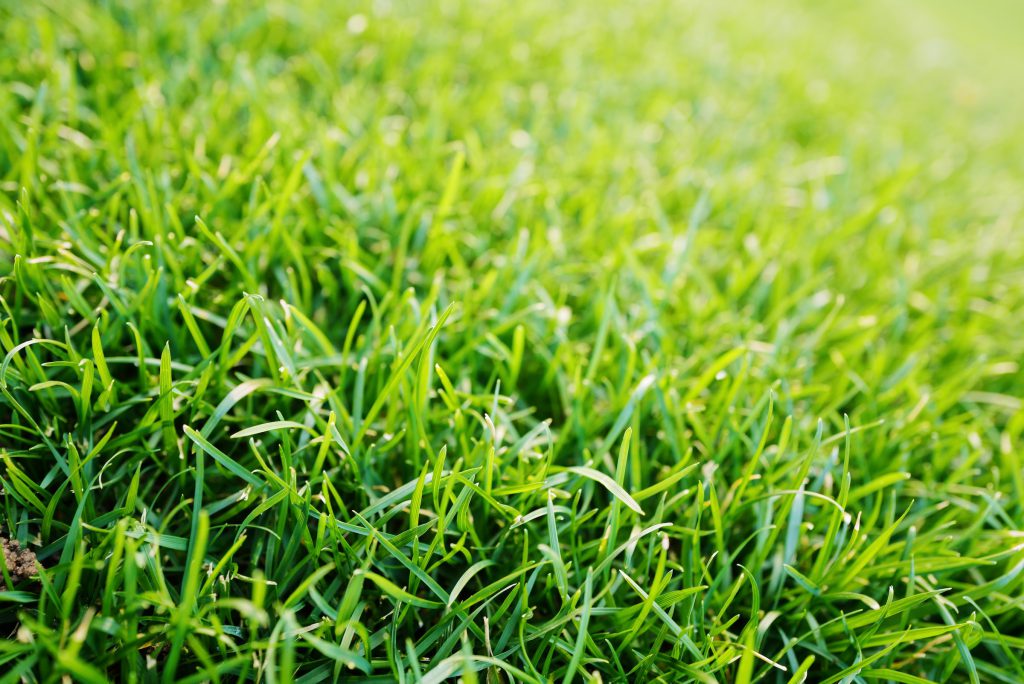Belgium, like many parts of Europe, is experiencing more frequent and intense droughts due to climate change. For homeowners and garden enthusiasts, this poses a significant challenge: how to maintain a lush, green lawn in the face of decreasing rainfall and rising temperatures. Fortunately, not all grasses are created equal. Some varieties are specially adapted to thrive in dry conditions, making them ideal choices for those looking to maintain a verdant garden even during the hottest and driest months.

1. Tall Fescue
Tall Fescue stands out as a top choice for drought-prone areas. This grass species is well-suited to withstand the challenges of summer droughts. Remarkably resilient, it can survive extended periods without watering and is equally adept at handling heavy watering. This adaptability makes it a prime choice for regions with unpredictable rainfall patterns.
2. Perennial Ryegrass
Perennial Ryegrass is another drought-resistant grass variety. Its deep root system allows it to extract more nutrients from the soil and retain moisture for longer periods. This grass is a favorite for golf courses and parks, primarily because of its reduced watering needs. Its lush green appearance and durability make it a popular choice among gardeners and landscapers.
3. Kikuyu Grass
Kikuyu might be lesser-known, but it’s a powerhouse when it comes to drought resistance. Its deep root system ensures prolonged water retention. However, it’s worth noting that if overwatered or flooded, Kikuyu grass goes dormant until drier conditions prevail. While it’s a robust variety, it’s best to protect it from frost.
4. Zoysia Japonica
Zoysia Japonica is another grass variety that excels in dry conditions. Its unique growth pattern allows it to hold onto moisture for extended periods. Similar to Kikuyu, Zoysia Japonica can go dormant if overwatered, making it essential to monitor its water needs closely.
Conclusion: Making the Right Choice for Your Lawn
Choosing the right grass variety is crucial for maintaining a healthy and green lawn in Belgium, especially with the increasing threat of droughts. By opting for drought-resistant varieties, homeowners can ensure that their gardens remain lush and vibrant, even during the most challenging climatic conditions. Additionally, these grasses often require less maintenance and watering, leading to water conservation and reduced utility bills.
Beyond just selecting the right grass, homeowners should also consider implementing sustainable gardening practices. This includes using mulch to retain soil moisture, installing efficient irrigation systems, and regularly checking the soil’s moisture levels to avoid overwatering.
In the face of changing climate patterns, adapting our gardening practices and making informed choices can help us enjoy the beauty of our outdoor spaces while also playing a part in environmental conservation.

 Open Immovlan
Open Immovlan